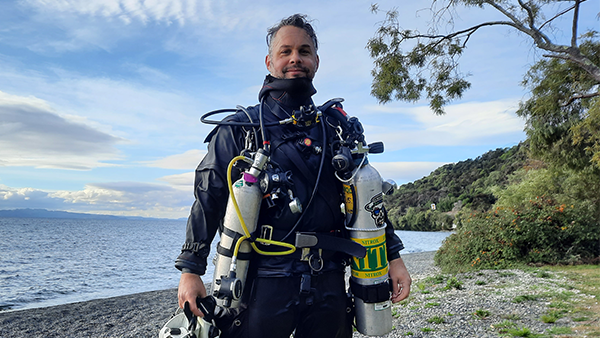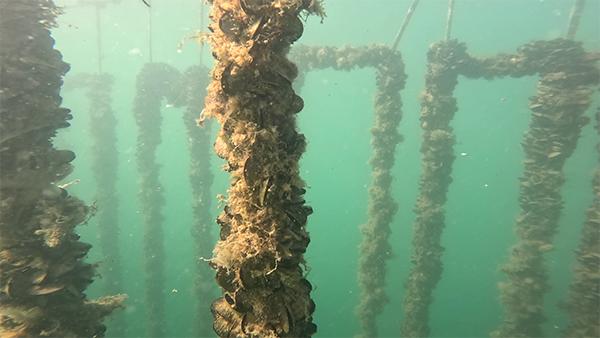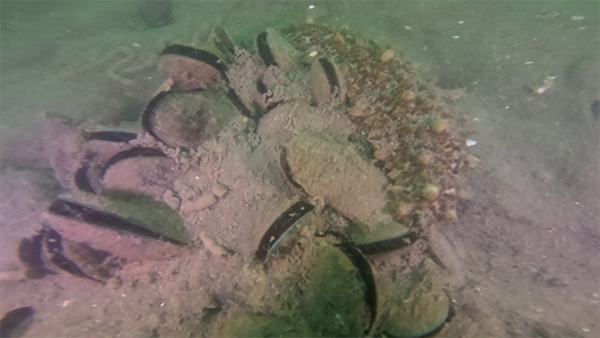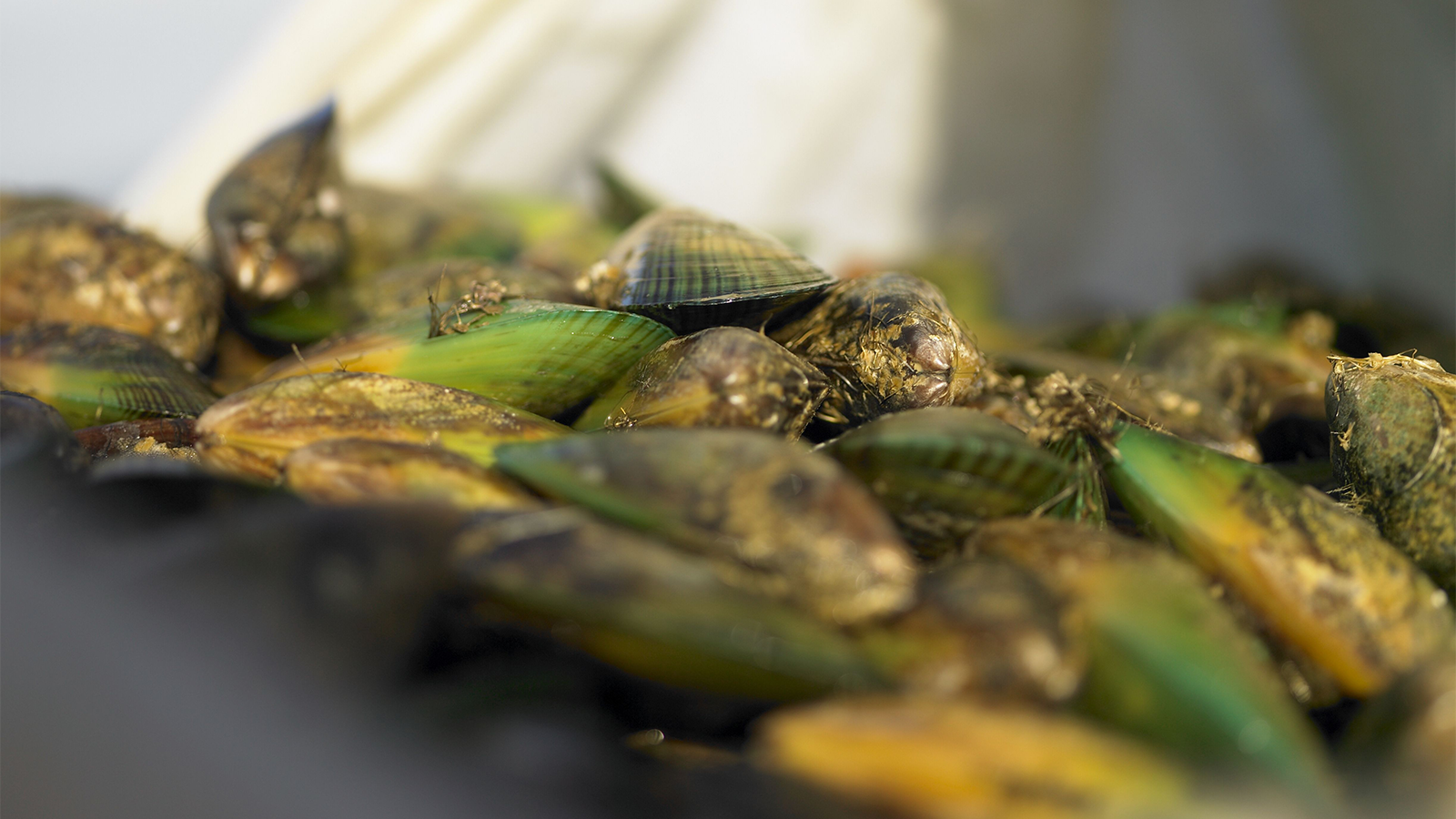“The Firth of Thames was once a great user of nutrients and a flourishing ecosystem. In the middle of the last century there were huge mussel beds in the Firth of Thames and Hauraki Gulf, but they were all dredged.”
- Dr Michael Townsend, Coastal and Marine Science Team Leader
A new study commissioned by Waikato Regional Council will examine whether mussel farms help reduce the impacts of runoff from the land in the coastal marine area.
Coastal and Marine Science Team Leader Dr Michael Townsend says the study, conducted by NIWA, will help the council with its decision making in the coastal marine area (CMA), from a regulatory and environmental restoration perspective.

Dr Michael Townsend
Dr Townsend says mussels typically enrich the organic content of marine sediment, which under certain conditions can encourage denitrification, an important ecosystem service that offers resilience to eutrophication.
Denitrification is carried out by bacteria living in marine sediments. Nitrogen is an essential nutrient for plants and animals, but too much – from runoff from the land – can cause algal blooms that can lead to the water being starved of oxygen, suffocating fish and other marine organisms.
“Without denitrification there is a danger that our systems could become more eutrophic, less healthy, than they already are, says Dr Townsend.
“The Firth of Thames was once a great user of nutrients and a flourishing ecosystem. In the middle of the last century there were huge mussel beds in the Firth of Thames and Hauraki Gulf, but they were all dredged.

You’re likely to find mussels on the seabed under mussel farms, where they have dropped off the line.
“Now, you’re likely to find mussels on the seabed under mussel farms, where they have dropped off the line, and we would expect them to have some impact or influence over their environment. There is a theory of mussel farms having a positive effect on denitrification, but no one has actually measured it. We’re looking to see if the hypothesis is true, and if we can identify factors that help explain the rates we are measuring.”
NIWA’s study will compare and quantify ecosystem functions on the seafloor below two mussel farms, and nearby but away from their influence, in Manaia Harbour.
Water samples will be analysed to compare nitrogen removal rates and oxygen concentration between the sites to give an insight into the health and functioning of the habitats. Samples were collected in March and will be collected in spring for a seasonal comparison.

Mussels, which typically enrich the organic content of marine sediment, on the seafloor at a Manaia mussel farm.
Dr Townsend says the council has commissioned the study for a number of reasons.
“We manage individual activities in the coastal environment, of which aquaculture is one, so we need to know effects on the environment, be they good or bad.
“There is a desire to increase aquaculture outputs and it’s important that we understand the effects of that.
“We’re looking at the CMA’s ability to handle and reduce stressors that enter it through runoff from our land catchments.
“Also, our next Coastal Plan supports and encourages restoration of our natural environment, which would include the creation of mussel beds, so this research will give weight and impact to that.”
Project lead and NIWA marine ecologist Dr Emily Douglas says there has been a lot of research on the effects of mussel farms on the seafloor habitat, but this will be the first study to compare nitrogen removal on the seafloor inside and outside mussel farms in the Hauraki Gulf.
“By understanding the way mussel farms impact the nitrogen cycle, we can inform councils on better management decisions for our marine environment, such as the location of mussel farms and restoration of mussel beds.”



To ask for help or report a problem, contact us
Tell us how we can improve the information on this page. (optional)